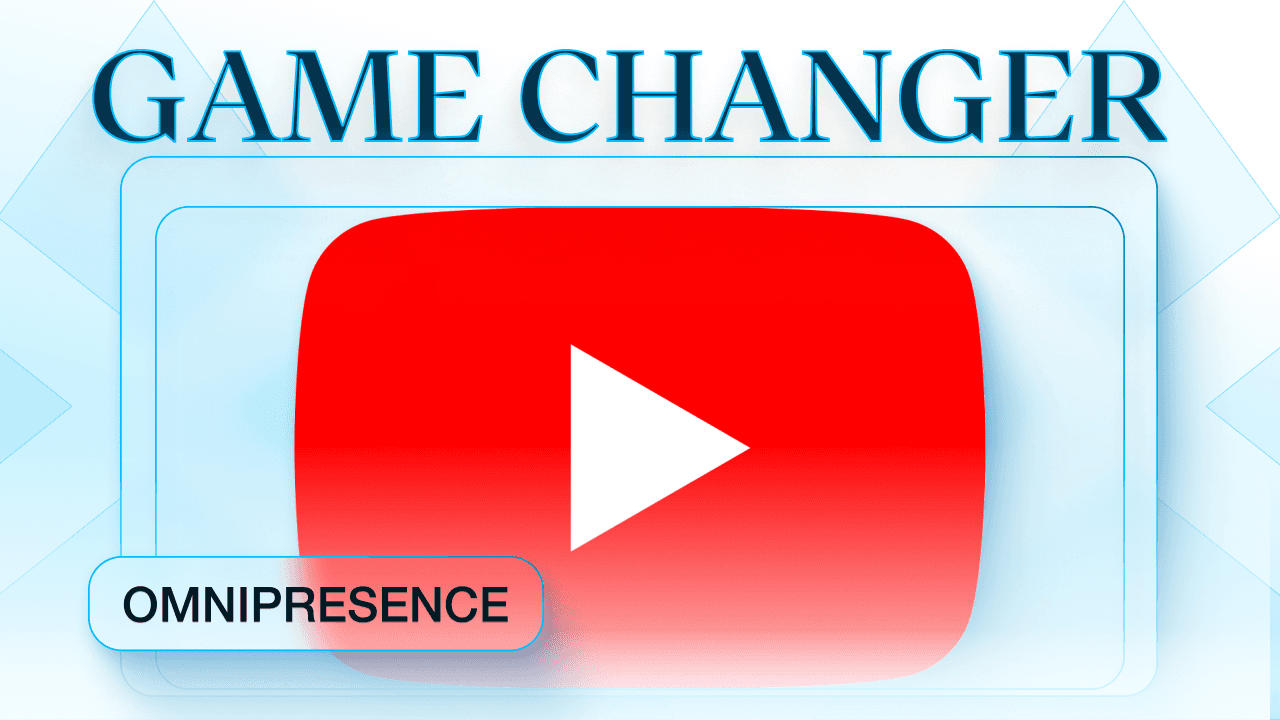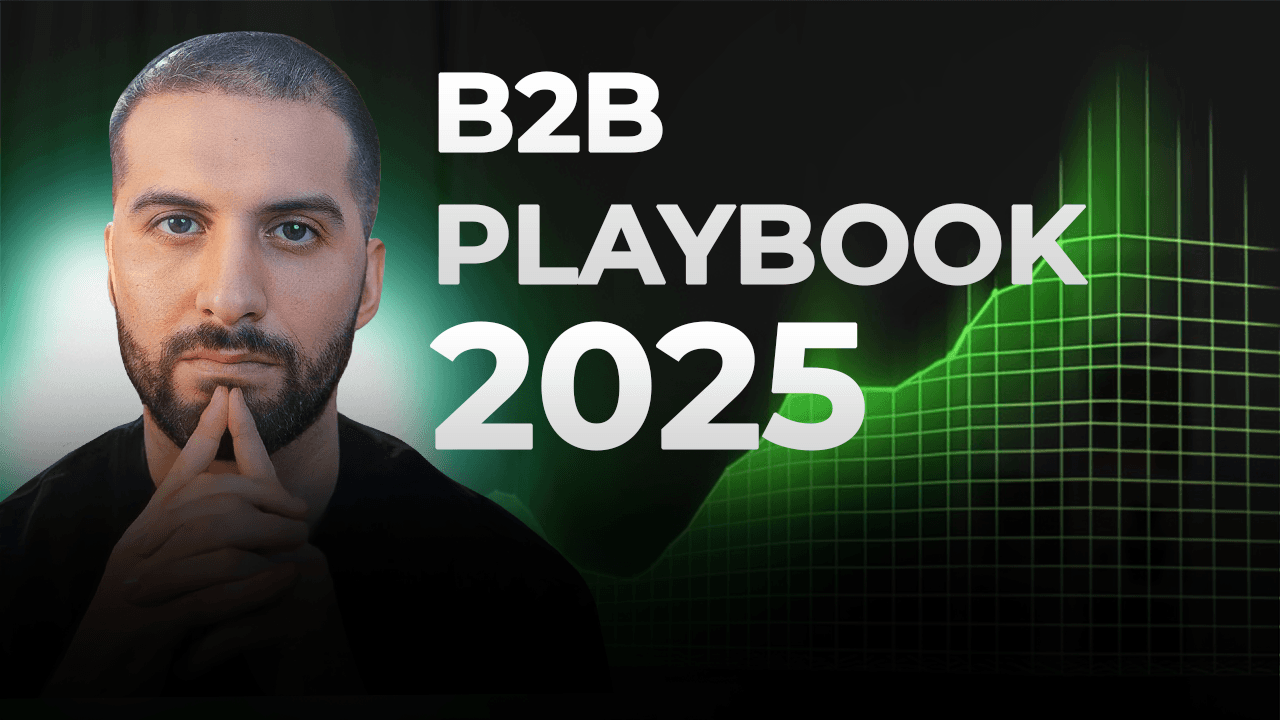To remain competitive, business owners, experts, freelancers, agencies, coaches, and service providers must stay ahead of the curve to generate high-quality leads in 2024 and beyond. But what exactly does it mean to generate a "lead," and how can you optimise this process to survive and dominate as a market leader?
This blog post is a practical guide that will walk you through the various stages of potential customer awareness, from those unaware of their problem to those actively seeking solutions and ready to act. Drawing from our experience with numerous clients, we will share the most effective methods and strategies for lead generation that you can implement in your business.
Table of Contents
What is a Lead?
The 3 Awareness Stages of Customers
Methods and Measures for Lead Generation
The 9 Best Lead Magnets
Post-Lead Generation Process
Conclusion
About the Author
What is a Lead?
A lead in agencies, coaches, and service providers is an individual or organisation that shows interest in a product or service and could become a customer.
Definition and Importance
A lead can be seen as the first step in the customer journey. In this step, the potential customer provides their contact information by filling out a form on a website, subscribing to a newsletter, or through another interaction that signals interest. These details are then used to qualify and evaluate the lead before transitioning to an active sales process.
Types of Leads
Cold Leads: These leads may be hearing about you for the first time and might not know their problem or need.
Warm Leads: They show clear interest in a specific solution and have interacted previously, indicating stronger purchase interest.
Hot Leads: These are the most valuable leads, displaying strong purchase intent and often urgently needing a solution.
The Importance of Lead Qualification
Not every lead is the same, so qualifying leads is critical in the lead generation process. By asking targeted questions and interacting with leads, you can determine their level of interest and need. This helps efficiently use resources and focus sales efforts on the most promising contacts.
The 3 Awareness Stages of Customers
Successful lead generation depends on recognising and addressing potential customers' different awareness stages. Typically, customers go through three awareness stages before purchasing: Awareness, Information, and Action.
Potential Leads with Awareness Need
At this initial stage, potential customers often do not realise they have a problem or that improved solutions exist for their challenges. In this phase, capturing the leads' attention and educating them about the existence of a problem or need is crucial.
Potential Leads with Information Need
Once awareness of a problem or need is established, leads move to the next stage: the information need. At this stage, potential customers know they have a problem and actively search for solutions to help them. They compare different offers and seek the best solutions to meet their needs.
Potential Leads with Action Need
The final stage before a purchase decision is the action needed. Leads at this stage not only recognise the problem and know the available solutions but are also ready to decide. Often driven by an urgent need or a strong desire to improve their current situation, these leads are the most intent on buying, and marketers must effectively guide them to complete the purchase.
Methods and Measures for Lead Generation
Understanding which methods and measures are effective at various stages of the customer journey is essential for agencies, coaches, and service providers. Depending on a potential customer's awareness stage, different strategies can be applied to generate and convert more leads effectively.
Methods for Leads with Awareness Need
In the awareness phase, creating awareness and drawing attention to a particular problem or need is important. Effective methods include:
Content Marketing: Creating informative blog posts, infographics, and videos highlighting general problems and their impacts.
Social Media Marketing: Using platforms like LinkedIn, Facebook, Instagram, and TikTok to run broad campaigns to raise awareness.
Google Ads and Social Media Ads: Running simple ads to increase your visibility, including short videos, images with data, etc.
Methods for Leads with Information Need
Once interest is piqued and potential customers actively seek solutions, the focus should be on providing in-depth and comparative information highlighting your offerings' benefits. Effective strategies include:
In-Depth Content Marketing: Creating comprehensive resources such as e-books, detailed guides, and case studies that help potential customers decide.
YouTube Videos: Publishing videos that provide further information on solving their problem.
Email Marketing: Sending regular newsletters that inform but offer special deals and deep insights into your services or products.
Methods for Leads with Action Need
For leads in the action need phase, making the purchasing process as straightforward and convincing as possible is crucial. They are ready to buy and should focus on supporting and accelerating this process. Strategies include:
Personalised Communication: Using CRM systems to send personalised emails and messages tailored to the specific needs and interests of the leads.
Landing Pages/Websites: Your website should provide more information about your solution and offer an easy way for potential leads to contact you.
Initial Consultations: Offering a free consultation to contact potential leads and present your product.
The 9 Best Lead Magnets
Lead magnets are crucial for capturing the interest of potential customers and encouraging them to leave their contact details. Here are nine effective examples of lead magnets:
Initial Consultations: Free initial consultations should be the first offer, allowing prospects to discuss their needs while demonstrating your value.
Landing Pages/Websites: Develop specific landing pages that generate more leads and clearly communicate your service's benefits.
Video Sales Letters (VSLs): Video sales letters are a powerful method of explaining complex services clearly and simultaneously sparking interest.
Case Study Videos: Create videos showing how you helped other clients solve their problems, demonstrating the real value of your services.
E-Books/Books: Publish detailed e-books or books on your expertise to showcase your knowledge and serve as a comprehensive resource for prospects.
PDF Reports: Prepare detailed reports with specific data and analyses showing the effectiveness of your services or products.
YouTube Videos: Use YouTube, the second-biggest search engine, to share informative, engaging content that underscores your expertise.
TikTok/Reels: Create short, engaging videos on platforms like TikTok and Instagram Reels. These videos can quickly go viral and reach a broader audience.
Screenshots/Data Images: Use meaningful screenshots and images that show important data and success stories, which are particularly effective on social media.
Post-Lead Generation Processes
A strong lead generation strategy is pointless if it only attracts unqualified individuals - something many companies never think about properly enough. After a successful lead generation, it is crucial to implement effective processes to convert these leads into paying customers.
Proper Lead Qualification
Pre-qualification aims to ensure that you invest your time and resources in leads most likely to become paying customers. Define criteria characterizing a "qualified lead, MQL (Marketing Qualified Lead)..." (however you want to call it internally), such as specific needs, budget limits, or urgency.
Sales Process Post-Lead Generation
The Setter-Closer model can be particularly effective in the sales process. This process is divided into two roles: Setters and Closers. Setters qualify leads according to the BANT-R principle and confirm the service's need. Then, they pass the lead to a Closer specialising in negotiating and closing deals.
The BANT-R principle evaluates leads based on four criteria: Budget, Authority, Need, Timing, and Relationship. In today's relationship-driven business environment, adding a fifth element—Personal Relationship—can significantly enhance the effectiveness of lead qualification. This expanded principle, which we will refer to as BANT-R, considers whether a personal relationship exists and if the lead fits personally within your business culture and values.
Onboarding Process Post-Lead Generation
An effective onboarding process is crucial for long-term customer relationships and retention. After contract signing, ensure new customers understand what to expect and what is expected of them. Communicate project phases, contacts, and support availability.
Conclusion
Lead generation is a fundamental task for agencies, coaches, and service providers that determines the success of their business ventures. Understanding the different awareness stages of potential customers and applying specific methods and measures at each stage can generate qualified leads effectively and efficiently.
By implementing these strategies and processes, agencies, coaches, and service providers can expand their reach and customer base, strengthen their market position, and emerge as market leaders in their field.
About the Author
Jousef Murad founded APEX Consulting, a consultancy that helps experts, agencies, service providers, and freelancers understand and implement modern marketing and sales strategies. With years of experience, a proven track record, and working with renowned businesses in the industry, Jousef Murad and his team are dedicated to helping businesses achieve their growth goals.

Jousef Murad
Founder of APEX




